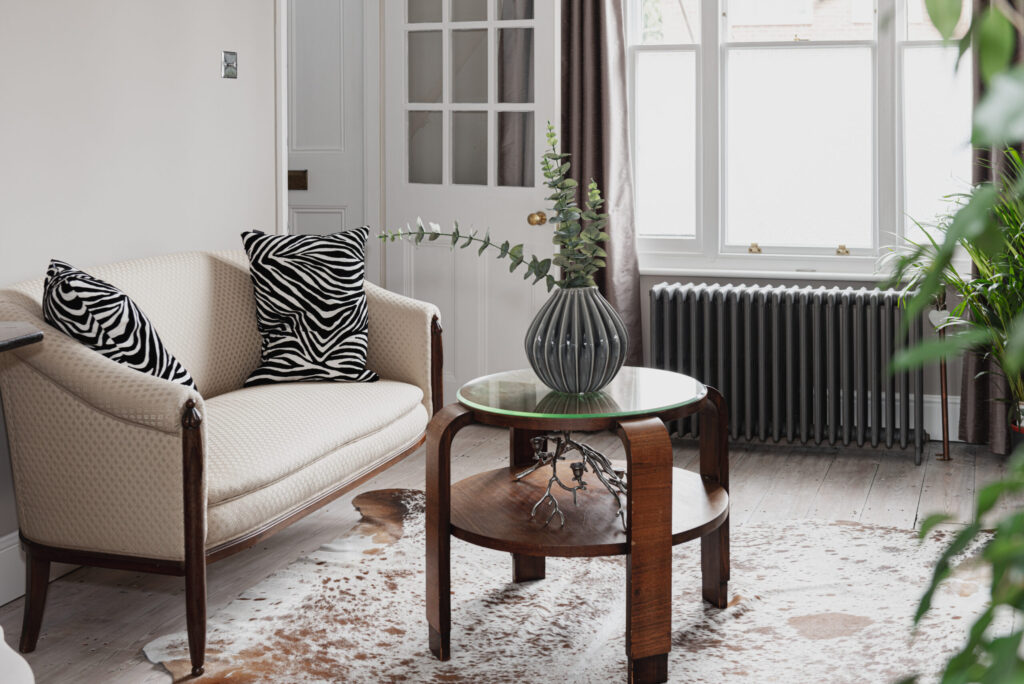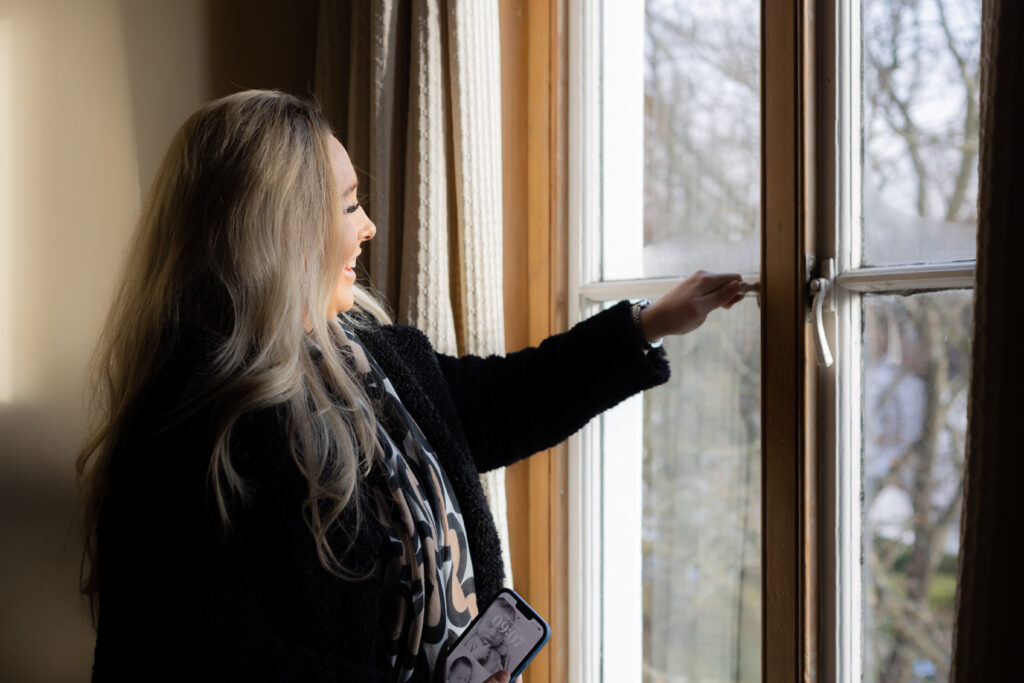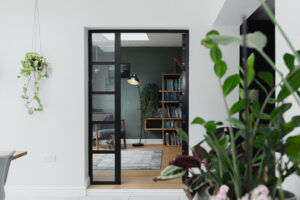Buy-to-let is undergoing a massive transformation right now. Poor-quality homes are getting squeezed out by tightening legislation, and short-term profiteering has fallen away through changing tax laws. As a result, many landlords have sold up.
But if you’re in it for the long term, buy-to-let can still be a highly profitable route to financial security, particularly if you can serve an overlooked segment of the local rental market.
Finding a speciality has many sides to it, including:
- Identifying gaps in the market
- Looking beyond appearances
- Playing to your strengths
- Becoming a popular figure
- Targeting the very best tenants

There’s plenty to unpack, and we’ve broken it down here into snackable chunks of inspiration and expertise to give you a head start on creating the perfect niche.
Identify gaps in the market.
Every neighbourhood has at least one gap in the market, from the supply of rental homes to the quality on offer, so a good start in identifying your niche is to look at where there’s room for improvement.
- Check online listings for the types of property you’re interested in buying, then start picking holes in them – what could you do better?
- Look for gaps between the sort of people moving to an area, and the kind of homes available.
- Research whether anything happening locally, like regeneration, improved transport, or a new employer, will bring in new residents, then think about the sorts of homes they’ll need.
Our local letting agents are a great first port of call for insider knowledge, so ask them what homes they’re sorely missing, and what features will make you stand out and give you more rent.
Look beyond appearances.
Most buyers will modernise a victorian terrace or three-bed semi because it’s a safe bet, but anything less classic tends to be less popular, which creates an opportunity for the imaginative landlord.
- Consider flats above shops (or converted from them) – you often get more space for your money, and tenants love their convenience for local life and transport.
- Don’t limit your search to the swankiest street where everyone wants to buy and with the toughest competition – instead, explore the next-best rather than premium locations.
- Pebble-dashed terraces and homes from the 50s, 80s and 90s might not be fashionable, but they can make excellent buy-to-lets.
Any home that looks plain or unremarkable from the front can be made more attractive, but the job is perceived as complex and costly. However, changing the windows and front door, or repainting the outside in a new colour, can really change things up, and often for less than you’d think.
Play to your strengths.
Work is more fulfilling and fun when you’re interested in what you do, and that includes being a landlord. Having a connection to your chosen market is a great start, so think about things like:
- Your own lifestyle, either now or in the past – which homes came up trumps, which ones fell short, and what qualities made you want to stay or leave?
- Your talents and tastes – are you adept at finding home improvement bargains, or do friends compliment you on your style and design ideas?
- Your existing knowledge of an area, or your proximity to it, to build local expertise and quickly identify the homes and locations that will make excellent investments.
When you can find connections between the local rental market and your experiences, strengths and passions, you’ll find it easier to create popular and profitable homes that give you a warming sense of pride.
Become a popular figure.
Property is a people business, and the key to being a successful landlord is getting called about the best listings when they come up for sale. So try the following when dealing with local estate agents:
- Be a friendly, regular presence and present them with a mortgage offer or bank statements to show proof of funds when you register.
- Be clear about the sort of rental homes you’d like to offer, be available to view them, and be on time when you go.
- Be easy to work with – only offer if you’re going to buy; don’t make ridiculously low offers, and perform quickly if your offer is accepted.
Estate agents are human beings with a job to do, and it’s the straightforward and purposeful landlords who go to the front of the queue when potential rental investments hit the market.
Target the very best tenants.
When you offer rental homes that people instantly fall in love with and are happy to pay a premium for, you’ll naturally attract the cream of the crop of tenants.
- Use the highest quality materials and fittings that the local market either demands or has the potential for.
- Concentrate on timeless, durable and bright interiors – the scandinavians do this exceptionally well with their off-whites and natural timber.
- Implement robust referencing criteria to include bank statements alongside credit scoring to identify tenants with plenty of disposable income.
By going for the best of the market, you’ll pull in the tenants who truly appreciate high quality and can comfortably afford the extra rent without stretching themselves.



Are you looking to build your landlord niche?
Then let’s talk!
Whether you’re an experienced landlord with a portfolio you want to reposition or expand, or you’re just starting out and looking for your first buy-to-let, we’d love to help!
From what tenants want from a property to rent in your town to helping you maximise your yields and stay ahead of ever-changing lettings law, call us on 01737 765 555 or drop us a line at info@ralphjames.co.uk for a chat with our team.






